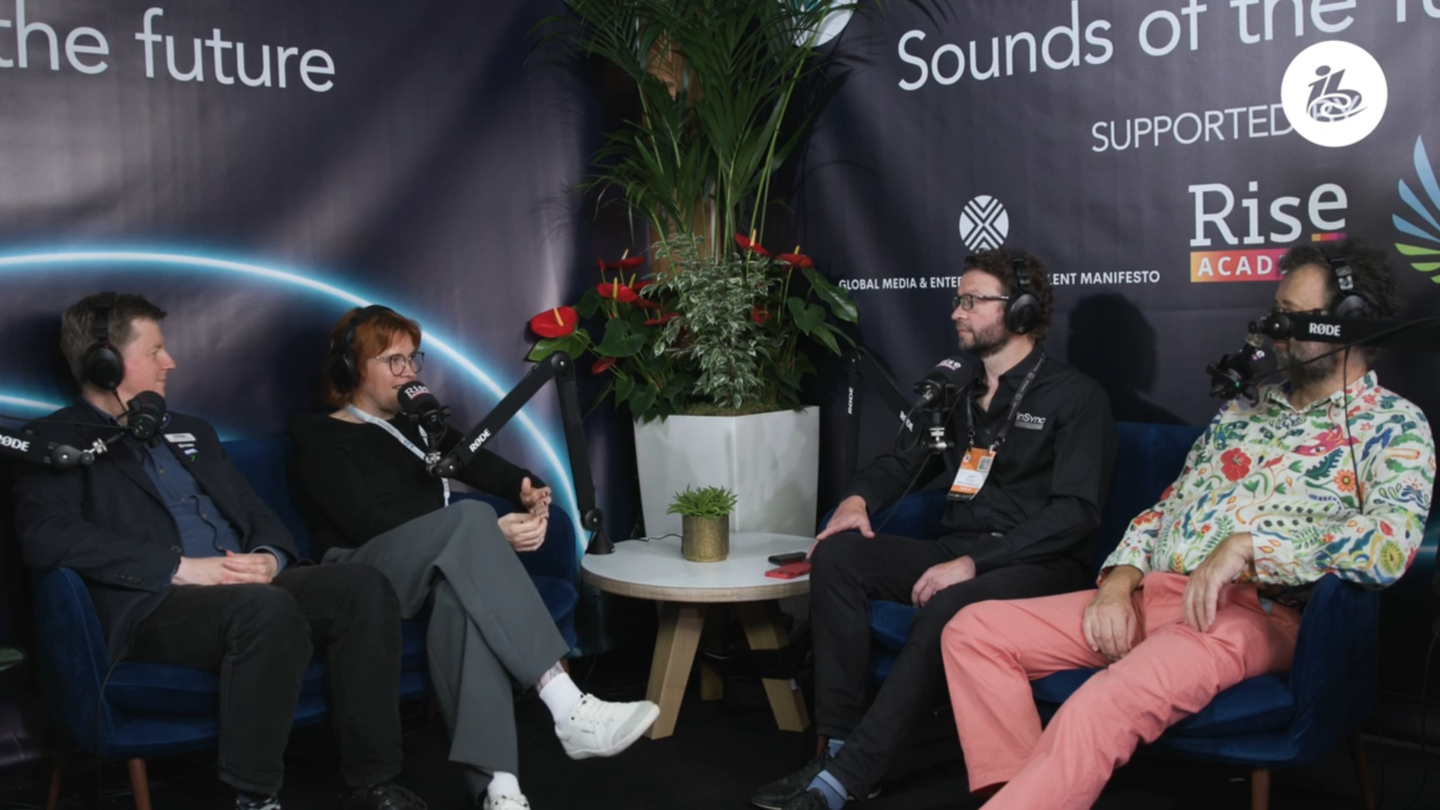Pitches for the shortlisted projects on the IBC Accelerators Innovation Programme were presented in a quick-fire round in front of an international M&E audience at the Kickstart Day on 6 March.
The programme, which offers a year-round cycle of engagement, invited Champions and Participants of each of the 12 projects to present the common challenges they are addressing, what they hope to solve, and how their innovations will help the widespread industry now and in the future. The opportunity allowed each pitcher to share who they already have involved, who they want to collaborate with, and/or which specific vendors or sectors they want to reach.
Commenting on the importance of IBC Accelerators programme, sponsor John Canning, Director of Developer Relations - Creators, at AMD, described one of the key strengths as “doing things that live beyond the tradeshow.” AMD is returning as sponsor this year and will help support a whole load of new workflows as the systems evolve...
You are not signed in
Only registered users can read the rest of this article.

Poacher turned gamekeeper: Netflix rules, for now
Netflix raids Hollywood to land a giant of old media, but having offered billions over the odds for ageing IP, would a smarter play have involved the creator economy?

Truth in the age of deepfakes: Building trust in the human-machine era
As deepfakes become prevalent throughout the media industry, experts at the BBC, Guardian, and ITN wrestle with the implications of today’s unprecedented levels of disinformation and distrust.

Rory Peck Awards: Truth has never needed its defenders more
This year’s Rory Peck Awards was an affirmation that press freedom is in severe danger, that it has become a vicious fight to sustain that facts matter. George Jarrett reports.

Camerimage: “The time to be afraid of AI was two years ago”
The festival of cinematography remains political with the rise of AI and gender equality bubbling beneath the surface.
.jpg)
Content Everywhere: Disruptive forces in 2025, from AI to ROI and SGAI
Looking back over 2025 to date, it’s clear that AI continues to widen its role in the Content Everywhere ecosystem, and many companies are becoming more discerning about how and where the technology should be applied to streaming and video technology. Clearly, there is still much more to come, and much more to learn, but what have recent developments taught the industry to date?




